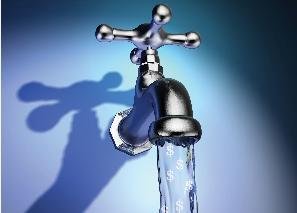Water treatment plants use a variety of chemicals to clean different types of water. That includes wastewater, groundwater like what is found in wells and surface water which comes from sources like lakes. Each chemical is used in stages of treatment for a different purpose, and what chemicals are used depends on the severity of the contamination. Here are some of chemicals being used in your local wastewater treatment plant:
Coagulants and flocculants
Chemical coagulation and flocculation is a dual process in water treatment. Coagulants clump together organic solids that may be invisible to the naked eye, and flocculants are mixed in to increase the size of the “clumps” for easier removal. There are organic and inorganic coagulants, with inorganic being the most commonly used. Aluminum Sulfate is both a coagulant and a flocculant as it can be used in both stages of the process.
Algicide
Algicide (also known as algaecide or biocide) is a chemical used to kill algae in a water source. It can be used to kill an existing growth of algae or as a preventative method. Typically this type of chemical is used in outdoor pools and lakes. It can also be used to unclog irrigation systems, and keep water treatment plant reservoirs clean. An example of an algicide is Copper Sulfate.
Disinfectants
Disinfectants are used on filtered water to kill remaining germs and bacteria. The most common is Chlorine, and sometimes the compound chemical Chloramine is used in its place. Some other chemical disinfectants include Ozone, Ultra Violet, Sulfuric Acid and Bromine. However for some types of fresh groundwater, disinfectant isn’t needed at all.
For access to open chemical bids from water utilities and other municipal water bids, subscribe to our database. For more interesting articles on similar topics visit our blog page.
#waterutility #waterutilitychemicals #watertreatment #wastewatertreatment #chemical bids

